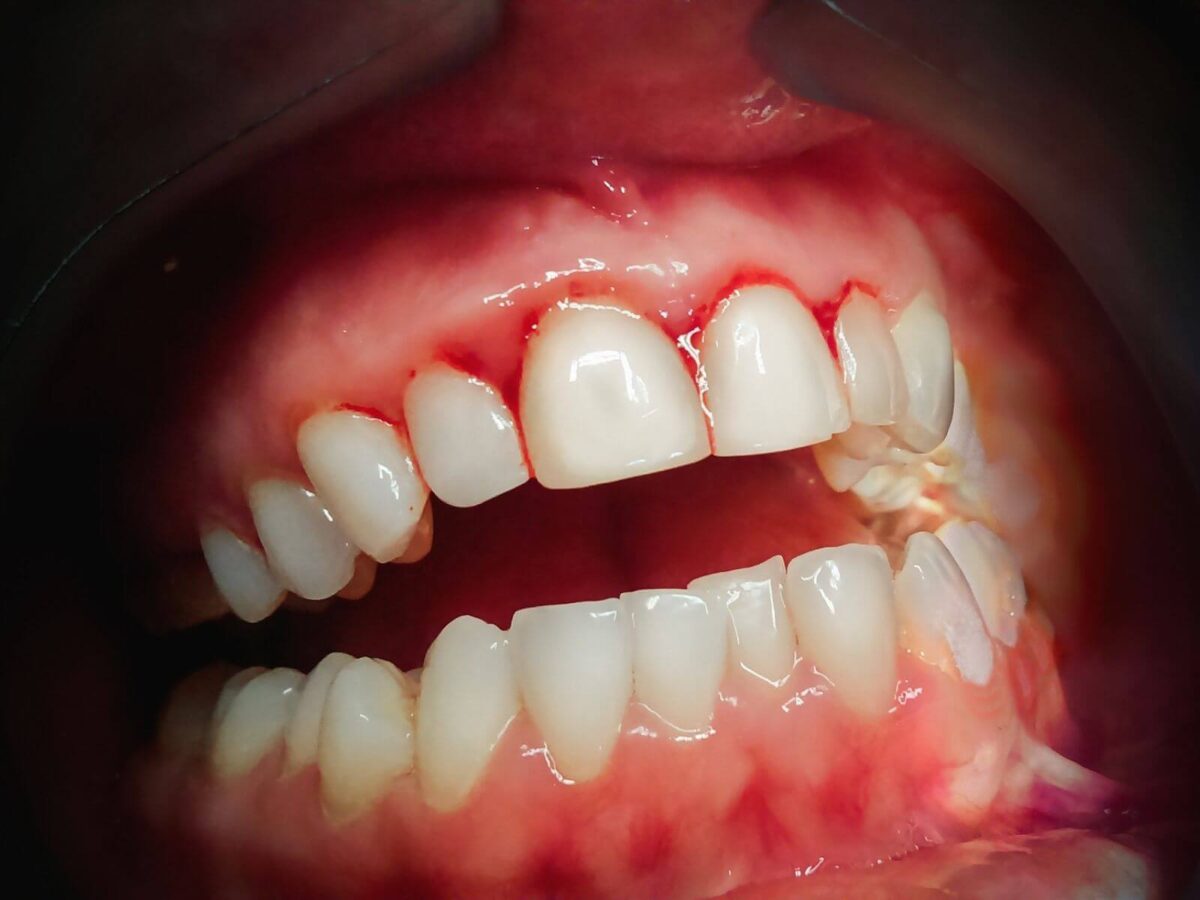Blog
Dental hygiene tips for healthy teeth & gums

Treatment Options For Receding Gums: What You Need To Know
Gum retraction is a gradual dental disease that affects the gum pullback of the oral cavity to reveal the tooth’s root. The causes may include plaque formation, brushing too hard, abnormal positioning of the teeth, and periodontitis. Although the condition is not normally painful, it creates open access to the teeth’ roots, predisposing them to decay and ultimately leading to tooth loss.
As for the question of when it is possible to stop the further development of this disease, it remains unanswered. This is because the bone base erodes once gums retreat, and the infection usually devours them. The management goals are to arrest the disease progression, cover the exposed roots through surgery, and maintain proper dental hygiene containing bacteria causing this disease.
What Causes Gum Recession?
Any of the following factors can contribute to gum recession:
- Poor oral health: The bacteria in plaque accumulations that form on your teeth and gums can cause your gums to become overgrowths and swell or recede if there is too much plaque accumulation.
- Brushing or flossing the mouth with force: There is what might be called over-brushing or over-flossing that can harm the teeth and gum. One should avoid using a hard toothbrush and the wrong technique; otherwise, it causes soreness or bleeding in the gums.
- Hormonal fluctuations: Fluctuations in hormone levels during puberty, pregnancy, or menopause, for example, can lead to gum recession and other problems.
- Genetics: Some of the traits passed on to you from your parents might be causing the receding gums.
- Abnormal tooth position: Crooked teeth may also cause the gums to pull back because some areas apply a lot of pressure against the gums.
- Teeth grinding or clenching: Teeth grinding or clenching, known as bruxism, happens at night and can be fixed by a mouth guard to prevent the worsening of gum recession, increased tooth sensitivity, or even loss of teeth.
- Trauma: Injury or trauma to your gums (and other teeth) could lead to the receding of your gums.
- Tobacco: Such acts like smoking and the use of other tobacco products are point-blank associated with the development of receding gums.
What Is Treatment for Receding Gums?
Do your gums naturally regenerate? No, but is it possible to give them and the teeth a health boost. Yes. There are several treatment prospects. Discuss with your dentist at Devine Dentist TX and/or periodontist if one of these solutions is viable for you.
Deep Cleaning
It is not simple dental prophylaxis or enhanced cleaning. Scaling and root planning is called deep cleaning, where the dentist needs specific instruments to remove the plaque and tartar on areas where your gums are pulling back.
Gum Contouring
Gum contouring can enhance gum health and the shape of our smile’s contour. Your periodontist will build a new, more architecturally correct gum line with a laser or a surgical scalpel because it cuts the gum tissue and then repositions it, making it healthier and easier to clean.
Gum Grafting
It is a surgical process whereby your periodontist cuts the tissue from a different zone of the mouth and places it on the tooth and the exposed root. It may take anything between 1 week to a fortnight, depending on the healing process of the graft from your palate or other gum tissues. Do not consume hard and chewy foods, and it is advised not to brush next to the graft at the initial hours.
Open Flap Scaling And Root Planing
In this process, the dentist or periodontist (gum doctor) pulls back the gum or flap to remove the bacteria from the tooth pockets and then sutures the flap back to the tooth, removing or reducing the depth of the pockets.
Regeneration
If you have lost the bone that supports your teeth due to gum disease, your dentist may suggest an operation to help regain the missing bone and gum tissue.
For example: In pocket depth reduction, your dentist will reflect some gum tissue and clear all bacteria. A graft membrane, tissue, or tissue-inductive protein will then let your body grow new bones and tissue in that area. When in place, the new material forms a protective shield covered by gum over the roots of the tooth or teeth.
How Do You Avoid A Further Loss Of Your Gums?
Fending off gum recession often comes down to the basics of proper oral hygiene:
- Brush twice a day
- Floss daily
- Use a soft-bristled toothbrush
Gentle brushing is advised since brushing one’s teeth hard can harm your gums. It can make them cause them to recede or move further away from the teeth. Excessive brushing may harm the gingiva area or gum part of the mouth.
Receding gums is a very dangerous issue that may lead to numerous physical, physical, and psychological troubles. This being the case, if the gum recession is not treated, chances are likely to progress with time and get even worse.
Conclusion
If you get the right treatment for your dental condition, you can enhance the aesthetics of your teeth and save your sensitive teeth from further decaying due to the effects of gum erosion.
You are not alone in getting bothered by gum recession; let it not spoil you anymore. Contact us today to make an appointment and learn how to take charge of your dental health.
Please visit Devine Dentist TX and set the foundation for attaining the smile you’ve always wanted.


